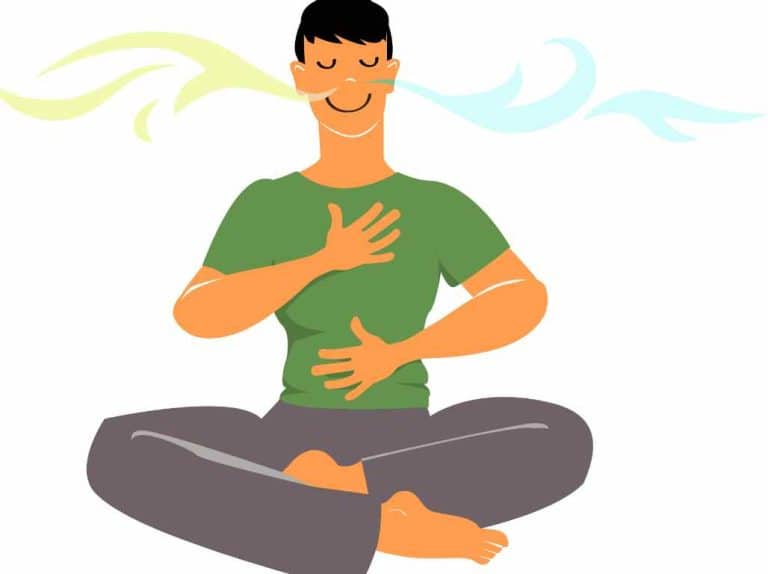Mindful Exercises Take The Autopilot Out Of Your Workout
Mindful exercises add another element to your workout. Here’s how. Have you ever powered through a workout and realized you were on autopilot the whole time? While exercising in an efficient way is great, going through the motions without forming a mind-muscle connection actually hinders your progress. Exercising your mind to be mentally present throughout your workout will help you make the most out of every exercise. In this article, you will learn why attention and focus are so important for mindful exercise and find helpful exercise tips from a physical therapist that you can try the next time you do a workout.
Two Strategies Of Mindful Exercises
There are two different strategies used when focusing your attention during a workout. In this article, we will focus on internal focus or the mind-muscle connection that is established when you use cues such as “squeeze this muscle.” The purpose of internal focus is to raise awareness about what is occurring at the specific muscle you are contracting during an exercise. External focus, on the other hand, refers to shifting your attention to the outcome of a movement, such as raising a weight above your head. Both types of cues can be helpful and may be used for a specific purpose by your physical therapist. When working to engage a specific muscle, using internal mind-muscle cues is most helpful. On the other hand, using external cues is better for sports performance, lifting heavy weights, and for specific or complex tasks.
4 Health Benefits Of Mindful Exercises
Facilitate a Stronger Muscle Contraction
When focusing on a specific muscle group, the muscle is more likely to be recruited effectively and thus has the potential for more optimal contraction and muscle strength gain.
Maintain Good Form
Being mindful helps you to maintain good form and prevent injury.
Mindful Exercises: Utilize Full Range of Motion
Focusing on your movement and how the muscle feels under tension will help you realize if you are working the muscle in a full range of motion. Optimal muscle strength and performance require strengthening a muscle throughout its entire range.
Mental Health Benefits of Mindful Exercises
Combining the health benefits of being mindful with exercise is a great way to boost mental and physical health – building mind and muscle strength!
Mindful Exercises Tips
Mindful Exercises: Understand what muscle is used during each exercise
To create a genuine mind-muscle connection, it’s foundational to have a basic understanding of where the muscle is located in the body and how it facilitates movement. This will make it easier to understand the “why” behind each exercise and ensure you’re using the right muscle. Your physical therapist will help you learn more about each muscle you are exercising.
Mindful Exercises: Use slow and controlled movements during exercise
The quality of each rep is more important than the quantity when it comes to muscle strength training and safe exercise. Using optimal form also means maintaining control throughout the entire exercise.
Mindful Exercises: Mentally picture the muscle you are engaging
Envision the muscle you want to engage, and then make sure you are not carrying tension or engaging other accessory muscles unintentionally. If you start to notice you’re performing a movement with other muscles, that might mean the weight is too heavy or you need to readjust your form.
Mindful Exercises: Use touch to feel a muscle contraction
Your physical therapist might refer to using touch as tactile cueing. This is a technique that helps facilitate muscle contraction of a particular muscle. A good example of this is if you are trying to engage your quadricep muscles, reach down and feel over the top of your thigh for a muscle contraction. This can help facilitate the mind-body connection. Sometimes a physical therapist may also tap the muscle to help encourage a contraction.
Reach Out To A Physical Therapist For More Mindful Exercise Tips
If you are new to exercise and want to learn more about what a muscle does, how an exercise is performed, or want someone to help you with better exercise form you should get in touch with a physical therapist. Physical therapists are movement experts trained to help people move and exercise safely to reach their movement goals. Download the OneStep app today to be connected with a licensed physical therapist who can teach you about your muscles and provide you with a customized exercise program that helps you practice mindful exercise.
More Articles About Mindfulness and Exercise
4 Reasons Using Mindfulness In Recovery Works
Mental Health Reminders To Stay Positive!
Try An Emotional Workout For Mental Health
Recovery Fitness Is More Than Exercise





















